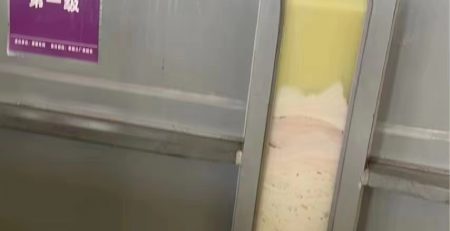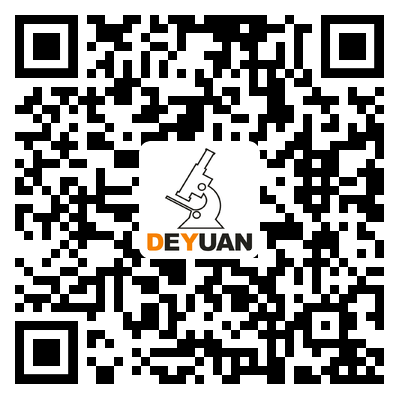Method for extraction and separation of nickel, cobalt, manganese and other metals from black powder of lithium batteries
Lithium battery black powder refers to a type of powder containing metal elements obtained from waste lithium batteries after treatment. Among them, nickel, cobalt, manganese and other metal elements are important materials in lithium batteries. Therefore, the extraction and separation of metal elements from black powder is of great significance. This article will introduce several commonly used extraction and separation methods for metal elements such as nickel, cobalt, and manganese in lithium battery black powder.
Firstly, we can use chemical methods to extract metal elements. For example, metal elements in black powder can be dissolved by acid dissolution, and then separated from other impurities by precipitation or solvent extraction. This method is simple to operate, but it has a certain degree of pollution to the environment.
Secondly, electrochemical methods can also be used for the separation of metal elements. By utilizing the different deposition rates of metal elements on the electrode at a specific potential, the metal elements are deposited one by one. This method has the characteristics of high efficiency and environmental protection, but requires certain equipment and technical support.
In addition, flotation can also be used for the separation of metal elements. The flotation method utilizes the difference in hydrophilicity and hydrophobicity between metal elements and flotation agents, and floats metal elements up through the action of bubbles in the liquid, thereby achieving separation. This method is suitable for metal elements with larger particle size and smaller density, but has poor selectivity for impurities.
In addition to the above methods, ion exchange and solvent extraction methods can also be used for the separation of metal elements. The ion exchange method uses ion exchange resins to adsorb and desorb metal ions, while the solvent extraction method uses solvents to selectively extract metal elements. These methods have certain advantages in metal element separation and purification.
In summary, there are multiple methods for extracting and separating metal elements such as nickel, cobalt, and manganese from the black powder of lithium batteries, each with its own characteristics and applicability. In practical applications, it is necessary to choose appropriate methods based on specific circumstances and combine them with other processes to extract and recover metal elements, in order to achieve effective resource utilization and environmental protection.
We special to focus on R&D metal extraction reagents, our major products as below:
- P204 (D2EHPA or HDEHP) This is used for first step to remove impurity for laterite nickel ore.
- DY319 high efficiency nickel cobalt co-extraction extractant, can take out nickel and cobalt together from nickel laterite ore or Lithium battery electrolyte. This is second step for laterite nickel ore.
- DY272 Nickel cobalt separation extractant, it can take cobalt out from nickel cobalt solution, then leave pure nickel. This is third step for laterite nickel ore.
- DY988N/DY973N/DY902 copper solvent extraction reagent.



